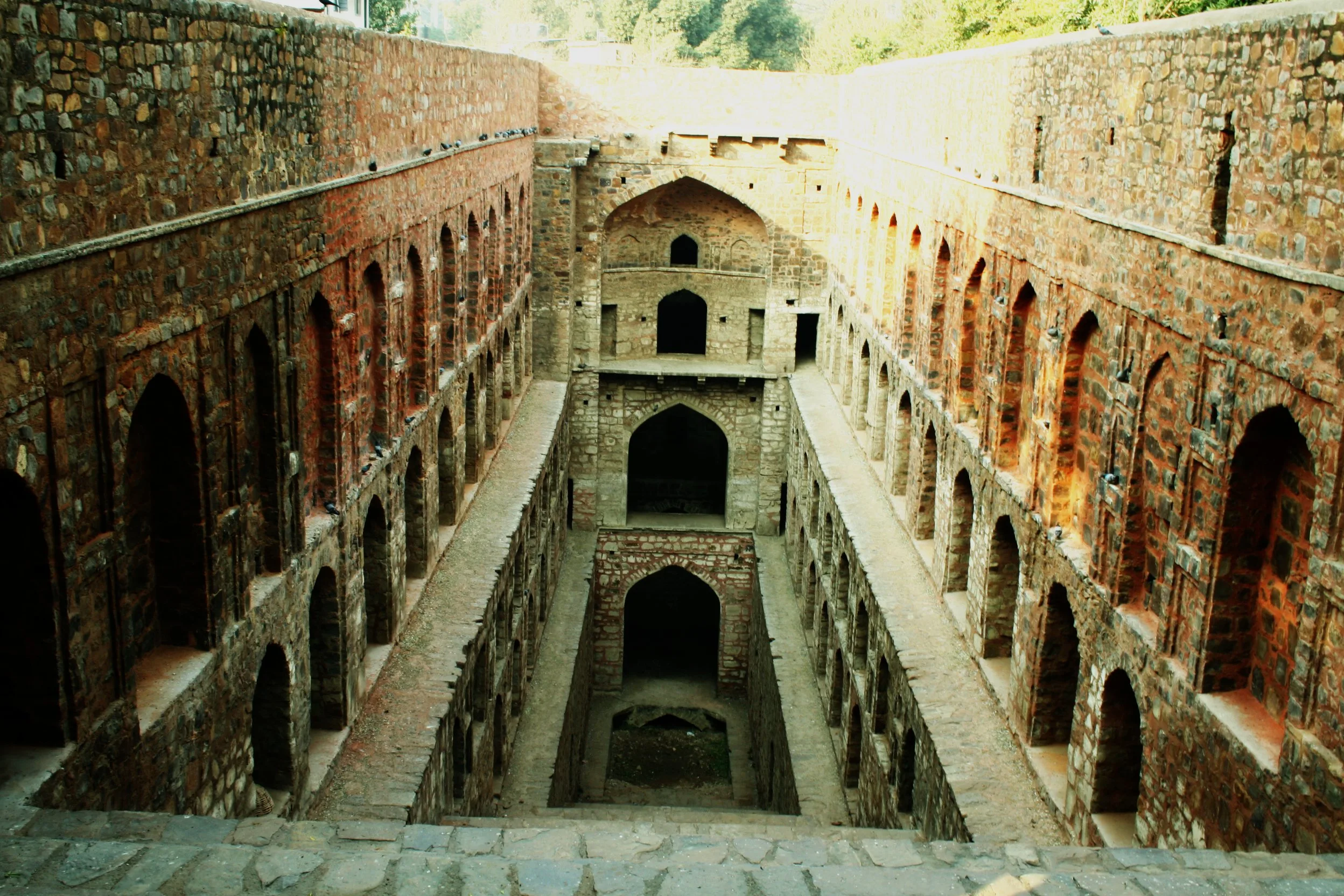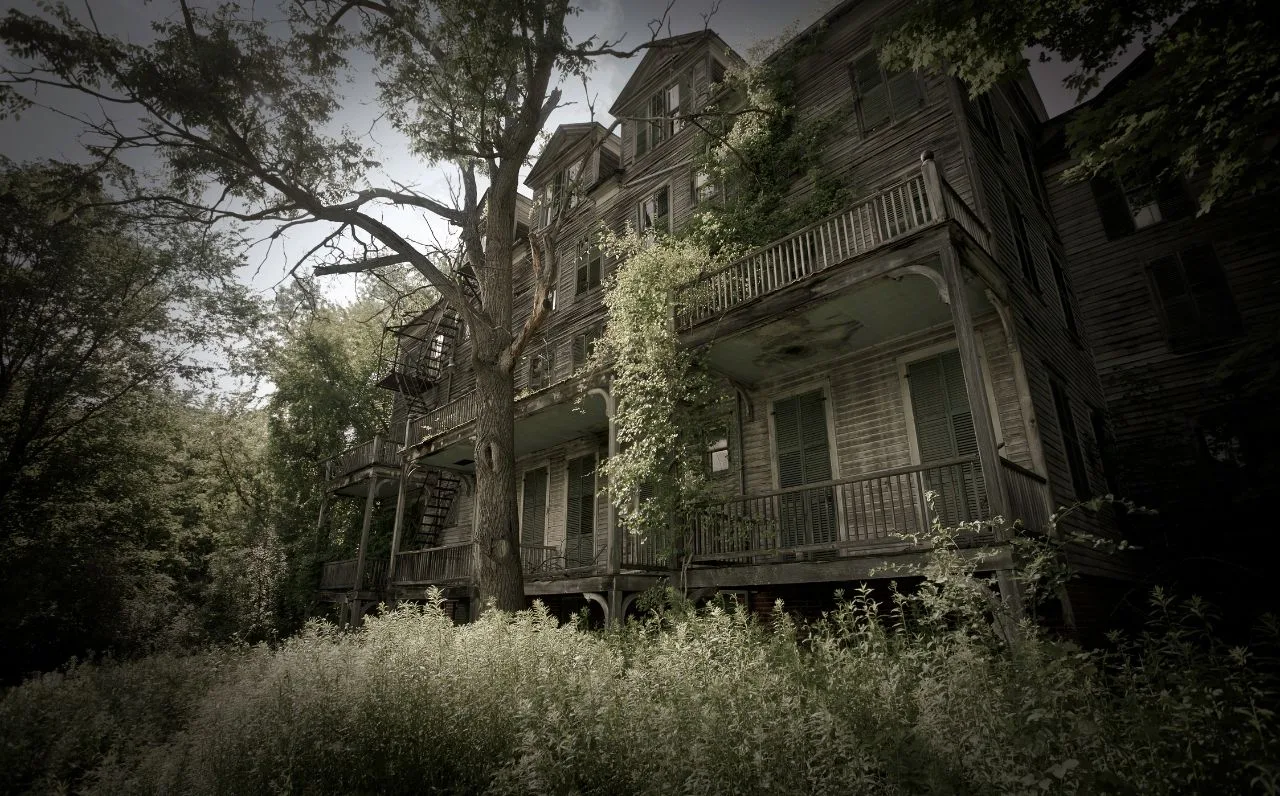Halloween is around the corner and there is suspense and horror in the air. Here is a list of heritage-related places you might not know of with a spooky and eerie feel to them. Perhaps, the brave-hearted can add these to their travel bucket lists for some creeps and spine-thrilling adventures!
Bhangarh Fort, Rajasthan
Bhangarh Fort is considered to be one of the most haunted places in India. Located in the Alwar district, near the Sariska Tiger Reserve, the fort dates back to the 17th century and was built by Raja Madho Singh I, supposedly with a curse tied to it.
The legend surrounding Bhangarh Fort says that a mage or ‘tantric’ named Singhia fell in love with Ratnavati, a beautiful princess of Bhangarh. Knowing his feelings would not be reciprocated, he tried to use magic to make her fall for him. When the princess discovered this, she outsmarted him, causing his death. However, before he died, the wizard cursed Bhangarh, saying it would be doomed to destruction, with no one ever able to live there peacefully. Soon after, a battle took place, and the entire fort was abandoned, leading to its current eerie, desolate state.
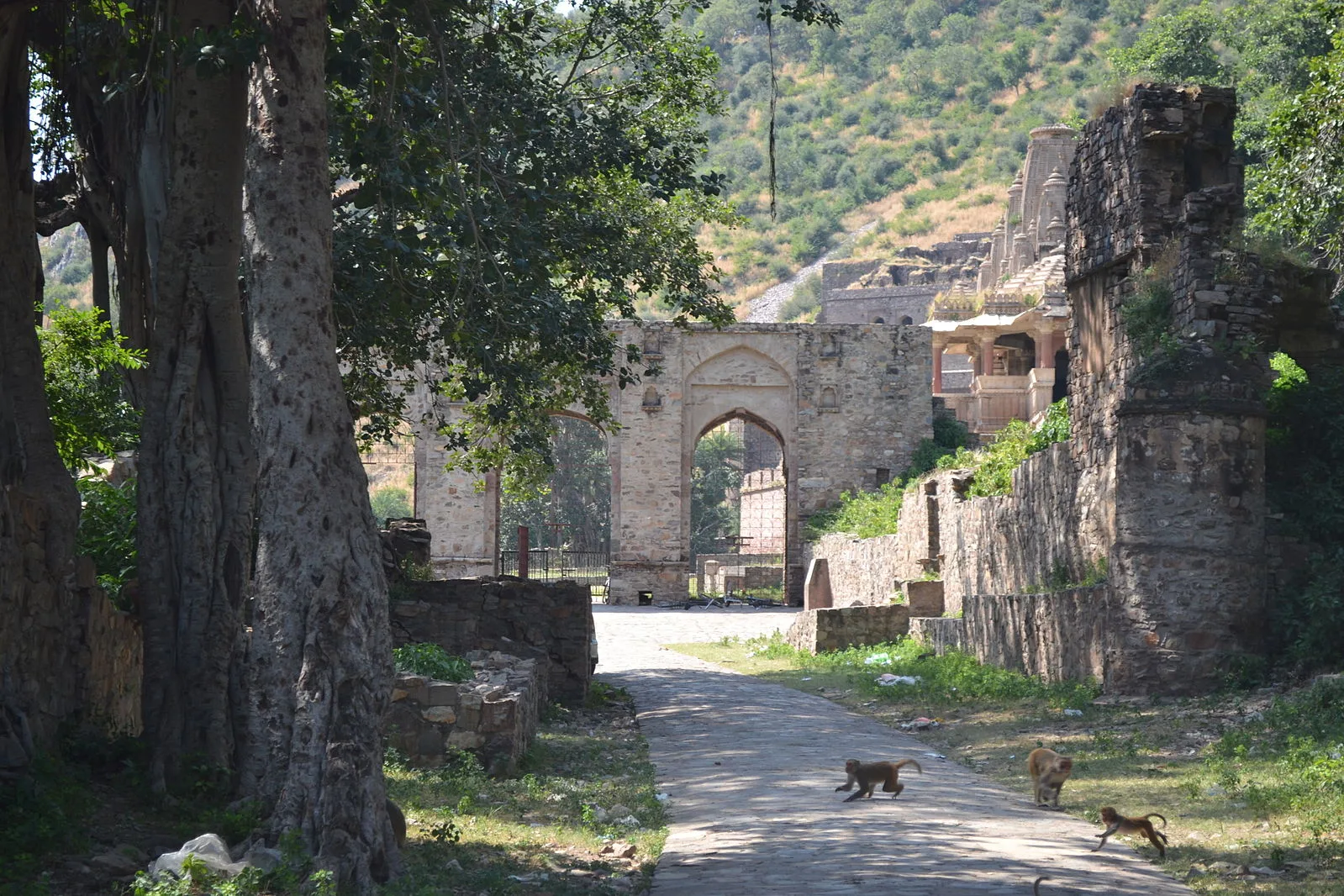
Jamali Kamali Mosque and Tomb, Delhi
Jamali Kamali Mosque and Tomb is located within the Mehrauli Archaeological Park and is considered one of the city’s most haunted places. Built in 1528–29 during the Mughal period, this site is named after two individuals: Jamali, a renowned Sufi saint and poet, and Kamali, who is a mysterious figure whose identity remains unclear. Some believe Kamali was Jamali’s disciple or close companion, and both were buried here after their deaths.
The haunting stories around Jamali Kamali revolve around strange occurrences in the mosque and tomb. Visitors have reported hearing whispers, seeing unexplained shadows, and feeling sudden chills or a sense of being watched. Some say they’ve experienced an eerie feeling of someone following them, while others claim to have seen apparitions or felt a presence brushing past them. The paranormal activity is often attributed to the spirits of Jamali and Kamali, or other ancient souls who may have been buried in the area.
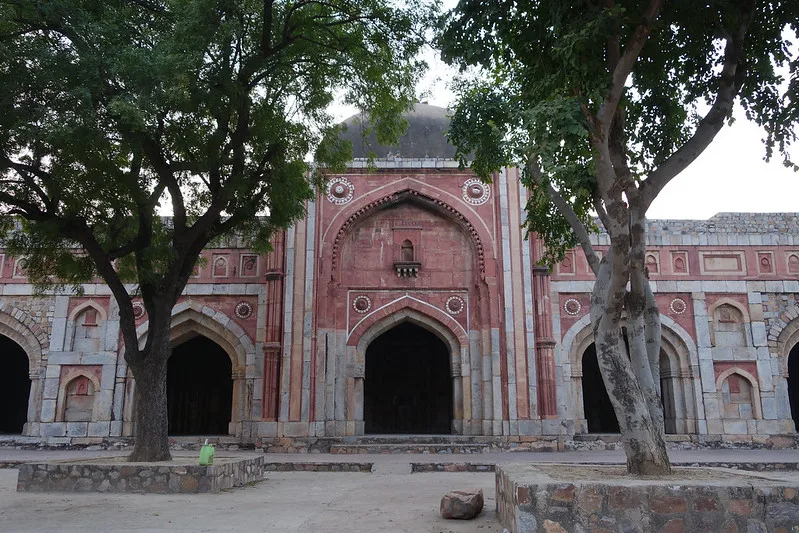
Brijraj Bhawan Heritage Hotel, Kota
The Brijraj Bhawan Heritage Hotel is a fascinating historic property with a mix of colonial and traditional Indian influences. Built in the 1830s by the British, it served as the official residence of Major Charles Burton, a British officer, until his untimely death in the Sepoy Mutiny of 1857.
One of the most interesting features of Brijraj Bhawan is its reputation for being haunted. Locals and some guests claim the ghost of Major Burton still wanders the property. The story goes that his spirit is a benevolent presence, occasionally seen by night guards but never causing harm.
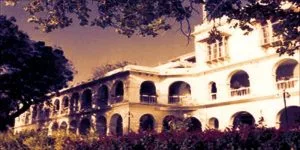
Shaniwarwada, Pune
The fort was built in 1732 by Bajirao I, the Prime Minister of the Maratha Empire. It was once a grand seven-story palace, showcasing stunning architecture, with fountains, gardens, and intricate decorations. Unfortunately, it was mostly destroyed by a massive fire in 1828, leaving behind the ruins that stand today.
The haunted reputation of Shaniwarwada largely centres around the tragic death of a young prince named Narayanrao. Legend has it that he was brutally murdered in the fort due to palace intrigue and a succession dispute. Narayanrao was the grandson of Bajirao I and became the Peshwa (prime minister) at a young age. However, his position led to conflicts within the family, particularly with his uncle Raghunathrao, who, according to popular lore, orchestrated the assassination. On the night of his murder, Narayanrao reportedly screamed, “Kaka, mala vachva!” (“Uncle, save me!”), which many claim can still be heard echoing through the fort’s ruins on full-moon nights.
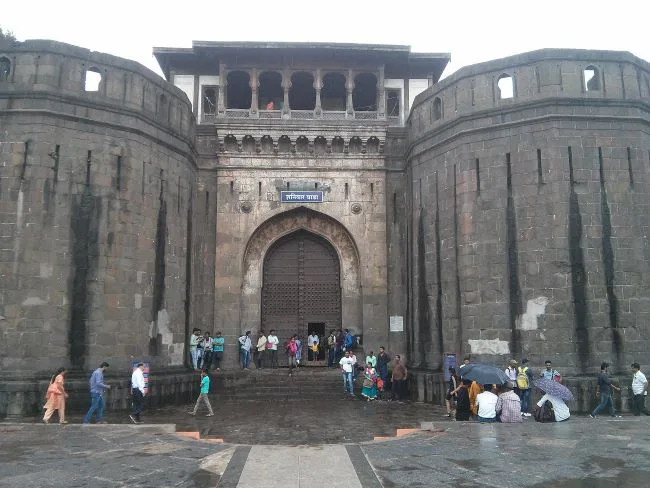
Agrasen Ki Baoli, Delhi
Agrasen Ki Baoli, an ancient stepwell located in the heart of Delhi near Connaught Place, is known for its haunted legends and eerie atmosphere. Believed to have been built by the legendary King Agrasen during the Mahabharata era and later rebuilt by the Agrawal community in the 14th century, this 60-meter-long and 15-meter-deep structure has 108 steps that lead down to the water.
One of the most chilling tales about Agrasen Ki Baoli is tied to the dark water that once filled the well. According to legend, the stepwell was cursed and had a magnetic pull that compelled people to throw themselves into its depths, particularly when the water turned pitch black. Some say that people were drawn in by a sinister force, leading them to commit suicide. The water is now long gone, but stories of supernatural encounters continue. Visitors often report feeling an unsettling presence, especially in the lower parts of the Baoli. Strange sounds, whispers, and a sensation of being watched are commonly reported, with some claiming to feel a sense of dread as they descend the steps.
